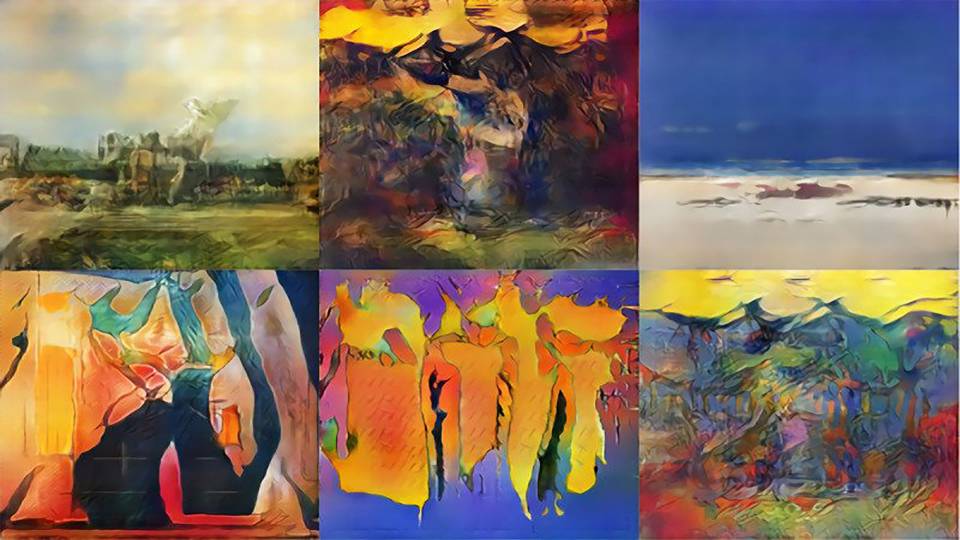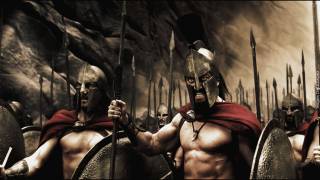Artificially Intelligent Painters Invent New Styles of Art
Painters like Claude Monet and Pablo Picasso transformed art by inventing new styles such as impressionism and cubism. Could a machine do the same? Perhaps, now that the public has given the thumbs up to unconventional images created by an artificial intelligence.
The idea is to make art that is “novel, but not too novel”, says Marian Mazzone, an art historian at the College of Charleston in South Carolina, who worked on the system.
Mazzone and her colleagues at Rutgers University in New Jersey and Facebook’s AI lab in California modified what’s known as a generative adversarial network (GAN), pitting two neural nets against each other to get better and better outcomes. The general idea is that one of them creates a solution, the other judges it – and the algorithm loops until it attains the desired result.
The team built a generator network that devised images to be scrutinised by a discriminator network, which had learned from analysing 81,500 paintings to distinguish between images we would class as artworks and those we wouldn’t – such as a photo or diagram. The discriminator had also learned to distinguish between styles of art, such as rococo or cubism.
The twist is that the generator was primed to produce images that the discriminator recognises as art, but that don’t fall into existing styles. “You want to have something really creative and striking – but at the same time not go too far and make something that isn’t aesthetically pleasing,” says team member Ahmed Elgammal at Rutgers University.
Once the AI had produced a series of images (some examples are pictured below), an online survey allowed members of the public to judge them alongside paintings by human artists, without knowing which was which. Participants answered questions about how complex or novel they felt each work was, and whether it inspired them or elevated their mood.
To the team’s surprise, many of the images by the AI scored slightly higher than those by humans (arxiv.org/abs/1706.07068).
“I like the idea that people are starting to push GANs out of their comfort zone – this is the first paper I’ve seen that does that,” says Mark Riedl at the Georgia Institute of Technology in Atlanta.
The results of the survey are interesting, says Kevin Walker at the Royal College of Art in London. “The top-ranked images contain an aesthetic combination of colours and patterns in composition, whereas the lowest-ranked ones are maybe more uniform,” he says.
Walker also notes that creative machines are already producing work for galleries. For example, two of his students are using AI that learns to produce its own images based on their drawing styles. One of them, Anna Ridler, has used the technique to create frames for a 12-minute animated film.
Riedl notes that the human story behind an artwork is often an important part of what endears us to it. But Walker thinks the lines will soon get blurry. “Imagine having people over for a dinner party,” he says, “and they ask, ‘Who is that by?’ And you say, ‘Well, it’s a machine actually’. That would be an interesting conversation starter.”






















